Stonehenge is one of the most famous prehistoric monuments in the world. It is definitely the most famous stone circle. Its fame is thanks to not only being so architecturally sophisticated compared to other stone circles, but the mystery that surrounds it as well. I’ve had the opportunity to visit Stonehenge twice now. The first time I went was just a standard visit to the site. On my second visit though I was granted access to walk among the stones at sunrise. It was a truly amazing experience. So here is everything you need to know about visiting Stonehenge.
Where is Stonehenge?
This would not be one of my blog posts without a little history of course. So, Stonehenge is located on the Salisbury Plains in the county of Wiltshire. The closest town is Amesbury which is located just to the east. If you are planning to visit Stonehenge while in London many tour companies offer it on their itineraries. If you don’t want the restriction of visiting with a tour group the easiest way to get there is by car. It is almost a two hour drive from London to Stonehenge.
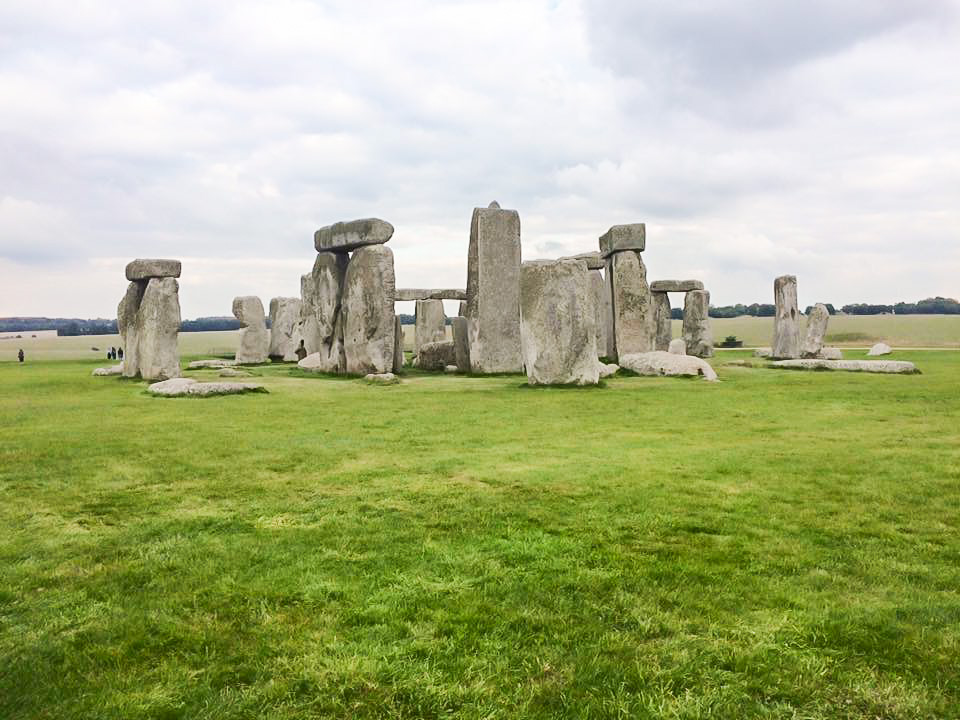
History of Stonehenge
There has been a henge of some sorts at the site of Stonehenge for approximately 5000 years now. Stonehenge stands as the centrepiece of the most dense complex of Neolithic and Bronze Age monuments in England.
Early History
The first construction at Stonehenge was much different than what we know it as today. The early henge, built around 3100BC, consisted mostly of earthworks. It was a circular ditch and bank that had been dug. The first archeological excavations and examinations of the site took place in 1666. During this examination a ring of pits were found around the original inner circle. It was first thought that these pits help large standing timbers, forming a timber circle. At the bottom of these pits they found cremated remains. Recent excavations though suggest that these pits held bluestones which could have been used as grave markers.
The stone circle itself dates back to around 2500BC. It is made up of two types of stones: the larger sarsen stones and smaller bluestones. The sarsen stones make up the inner horseshoe and outer circle. Each sarsen stone is about 13 feet high, 7 feet wide and weighs about 25 tonnes. These stones most likely came from the nearby Marlborough Downs. The bluestones are set up in a double arc between the sets of sarsen stones. Although much smaller these stones still weigh 1-2 tonnes. Most interesting though, these stones came from the Preseli Hills in modern day Pembrokshire, Wales. Over time, the bluestones were rearranged and Stonehenge continued to grow. Nearby burial mounds were built in the early Bronze Age.
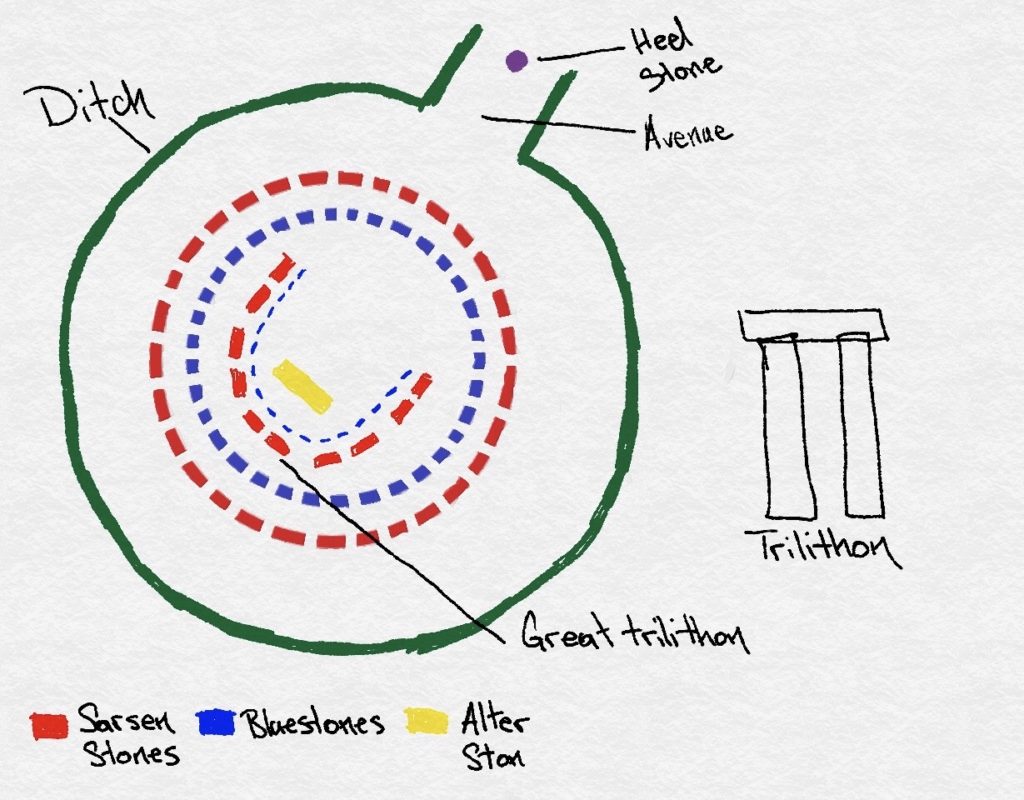
Recent History
Stonehenge became a Scheduled Ancient Monument in 1882 which means it is legally protected. Many campaigns to restore Stonehenge happened between 1901 and 1964. Stonehenge was privately owned until 1918 when it was given to England. Today it is owned by The Crown and managed by English Heritage. Since 1927, National Trust has been purchasing the surrounding land to restore it to grasslands and preserve the area. In 1986 Stonehenge was named a UNESCO World Heritage Site.
Why Was Stonehenge Built?
This is still debated, Stonehenge was built during a time when people didn’t keep written records. We may never know the real reason why Stonehenge was built. There are, of course, a few theories though.
Burial Site
As I had mentioned earlier, cremated remains had been found buried in pits within the original henge. These buried remains dated back to 3000BC, not long after the construction of the site. This has lead some to believe that the original purpose of Stonehenge was as a burial site.
A Place of Healing
Another theory suggests that Stonehenge was built as a place of healing. The bluestones play another curious function in this theory. When the bluestones are struck they make a loud clanging noise. They are known as ringing rock, some cultures believe these ringing rocks contain mystic or healing powers. If these stones were believed to possess healing powers that would also explain why the decision was made to transport these heavy stones from Wales to south England. This theory would also account for the high number of burials at the site. Isotope analysis of the remains indicated that some of the individuals buried at the site were from other regions, including, near the Mediterranean Sea, Germany and Brittany. The author of this theory did agree though that the site was probably multifunctional and used for ancestor worship as well.
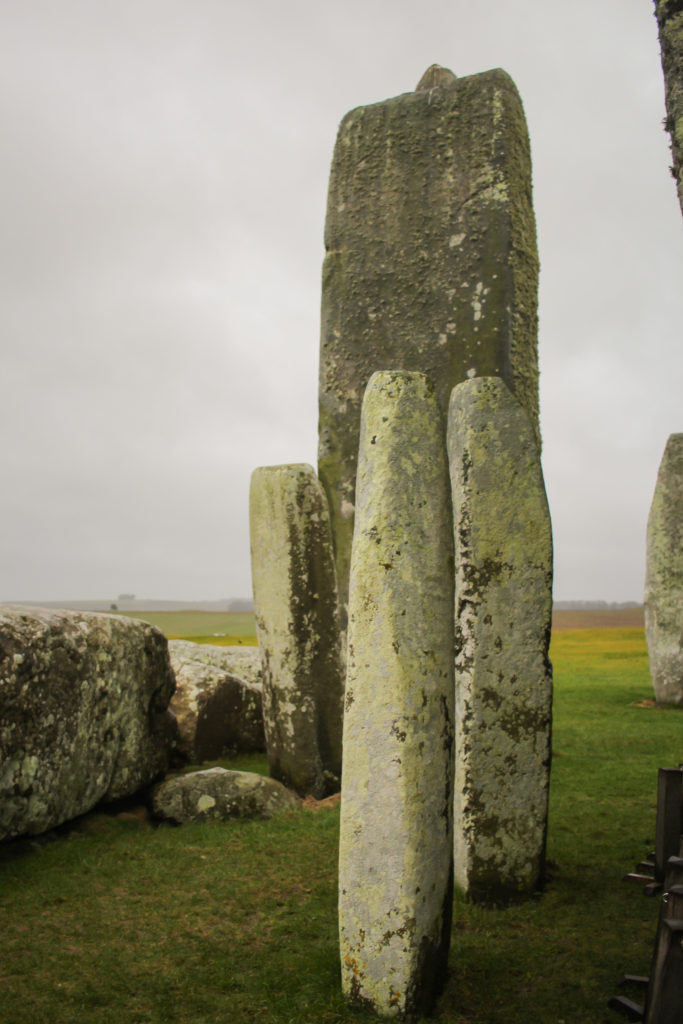
A Ritual Landscape
The last theory suggests that Stonehenge played an important part in a ritual passage from life to death. It is possible that Stonehenge was connected to the River Avon and Durrington Walls. Durrington Walls is another nearby henge site. It is suggested that Durrington Walls henge was a place of the living and Stonehenge a place of the dead. This ritual passage would go from Durrington Walls, down the River Avon and end at Stonehenge and celebrated ancestors and the recently deceased.
Whether the purpose of building Stonehenge was religious, spiritual or mystical the design does feature a function for observing the stars and space. The great trilithon stone, the horseshoe arrangement of the five central trilithon stones, the heel stone and embanked avenue align with the sunset of winter solstice and the sunrise of summer solstice. It’s function for observing the stars allows for the prediction of eclipses, the solstices and equinoxes as well as other important celestial events.
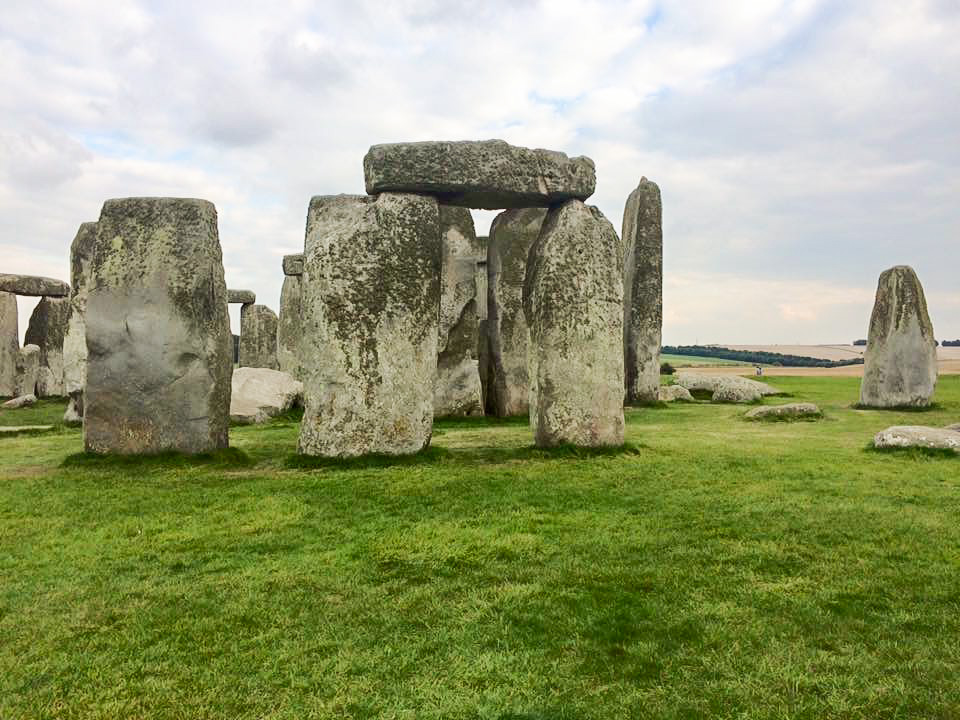
A Modern Place of Worship
The 20th century saw the revival of Stonehenge as a place of religious significance. The two main groups to use Stonehenge for initiations, ceremonies, and worship were Neopagans and Neo-druids. 1974 however, was the first year of the Stonehenge Free Festival. This was a festival that was held in June at Stonehenge to celebrate alternative cultures. Groups in attendance included the Peace Convoy and the New Age Travellers. Many were not a fan of the festival taking over the monument for a month citing damages to Stonehenge, damages to nearby property, drug use, and archaeological information being destroyed. There were instances of festival attendees digging into Bronze Age burial mounds and using them as latrines and cooking pits. In 1985 the High Court issued an injunction to prevent the festival from setting up. On June 1, 1985 the Wiltshire police set up a road blockade to stop the incoming festival attendees. The Battle of Beanfield quickly broke out. The aftermath of the battle resulted in the use of Stonehenge for gatherings being halted. In 1999 it was reopened for gatherings to observe the summer and winter solstice. Ritual use is still very heavily restricted.
Visiting Stonehenge
When Stonehenge first opened to the public you could walk through the stones and even climb on them. Due to the heavy erosion of the stones, Stonehenge was roped off in 1977. Today when you visit, a path is marked for you to follow around the stones. You still get amazing views. Some places you get so close you could almost reach out and touch. You never really understand just how big these stones really are until you are standing in front of them. It is so crazy to think that these were put in place by people nearly 5000 years ago.
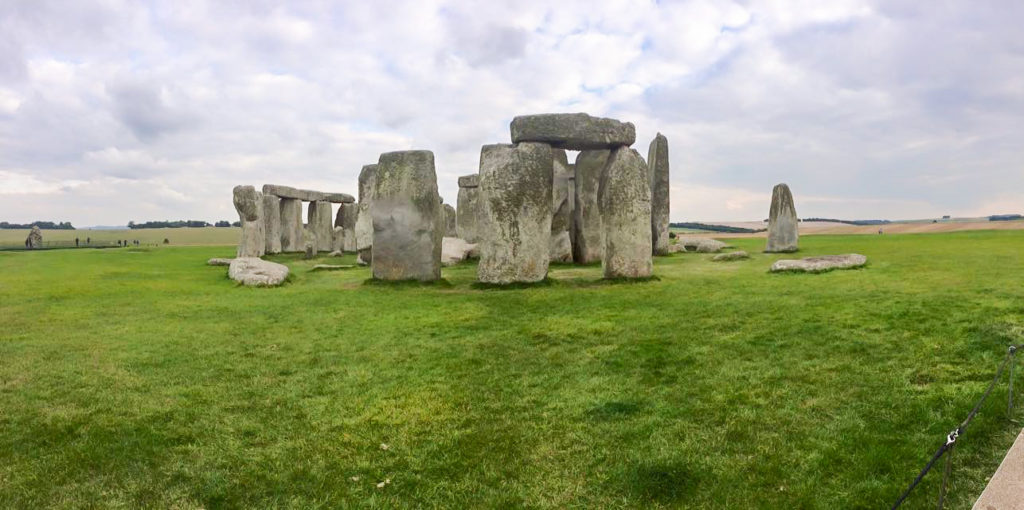
There is no limit to how long you can stay at Stonehenge so you can walk around for as long as you would like. They also have a visitors centre where you can learn about the story of Stonehenge, the surrounding area, and the nearby monuments. At the visitors centre you’ll find the 360 experience, an audio-visual experience that takes you through time from inside the stones, archaeological finds from inside the stones and the area, and outside you can explore the Neolithic era houses and see how people lived 4500 years ago. Between the stones themselves and everything at the visitors centre you could spend a half day there, at least, no problem. They even have a picnic area and cafe in case you get hungry. Make sure you dress warm, Stonehenge is out in the middle of open fields and in my experience is always super windy. Winter time will be the worst of course. When I went in February you could barely stay upright the wind was so strong.
Prices for admission to Stonehenge start at 21.10£ for adults. Booking ahead is not required and you can purchase tickets upon arrival at the front gates. You can purchase tickets online if you wish and doing so will save you 10% off the cost of admission. Family packages are also available.
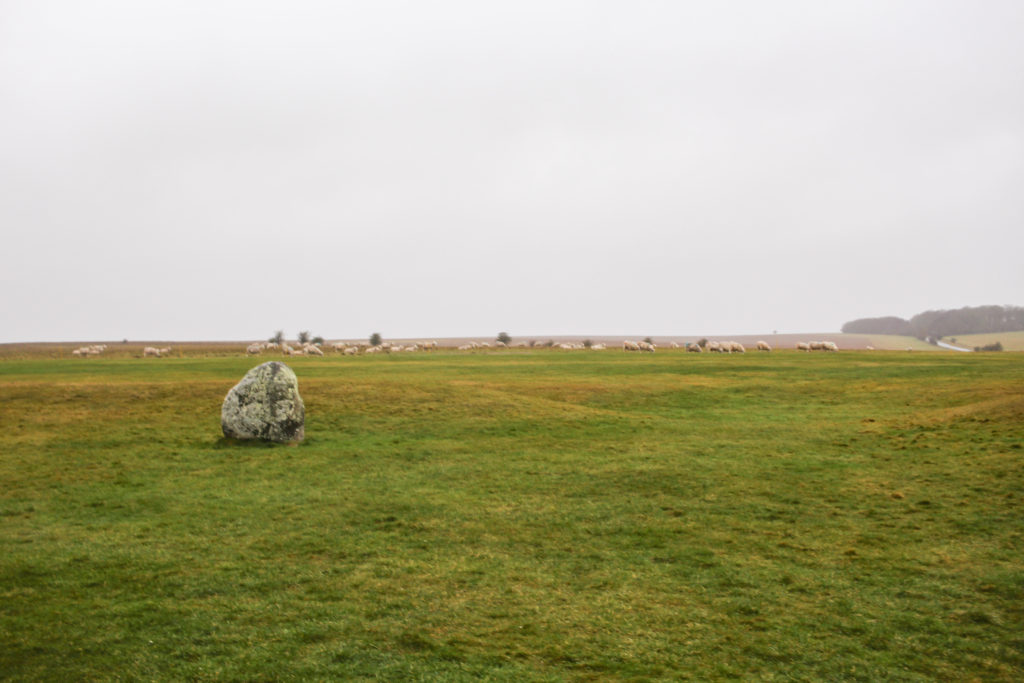
Originally I had intended to talk about getting to go inside the stones in this blog as well. But as I was writing this I realized that it was beginning to get way too long. I already really quickly summed up the history of the monument and one of the purposes of my writing is to always teach you something new and include the history. I didn’t want to sacrifice any history and not fully include my crazy experience standing inside Stonehenge. So, for that reason I’ll be splitting it up into a two-part series. Next week I will be sharing my experience from inside the stones and going more in depth about what it is like to visit Stonehenge as well as some tips for visiting.
Stonehenge is the latest in my series of posts about my favourite places I’ve been. Last week I talked about Chefchaouen, the Blue Pearl of Morocco. If you’d like to know when part two of Stonehenge is up you can follow along on Facebook, Twitter or Instagram. You can also find my on Pinterest where I have neatly organized city and country specific travel boards.
See you next week!
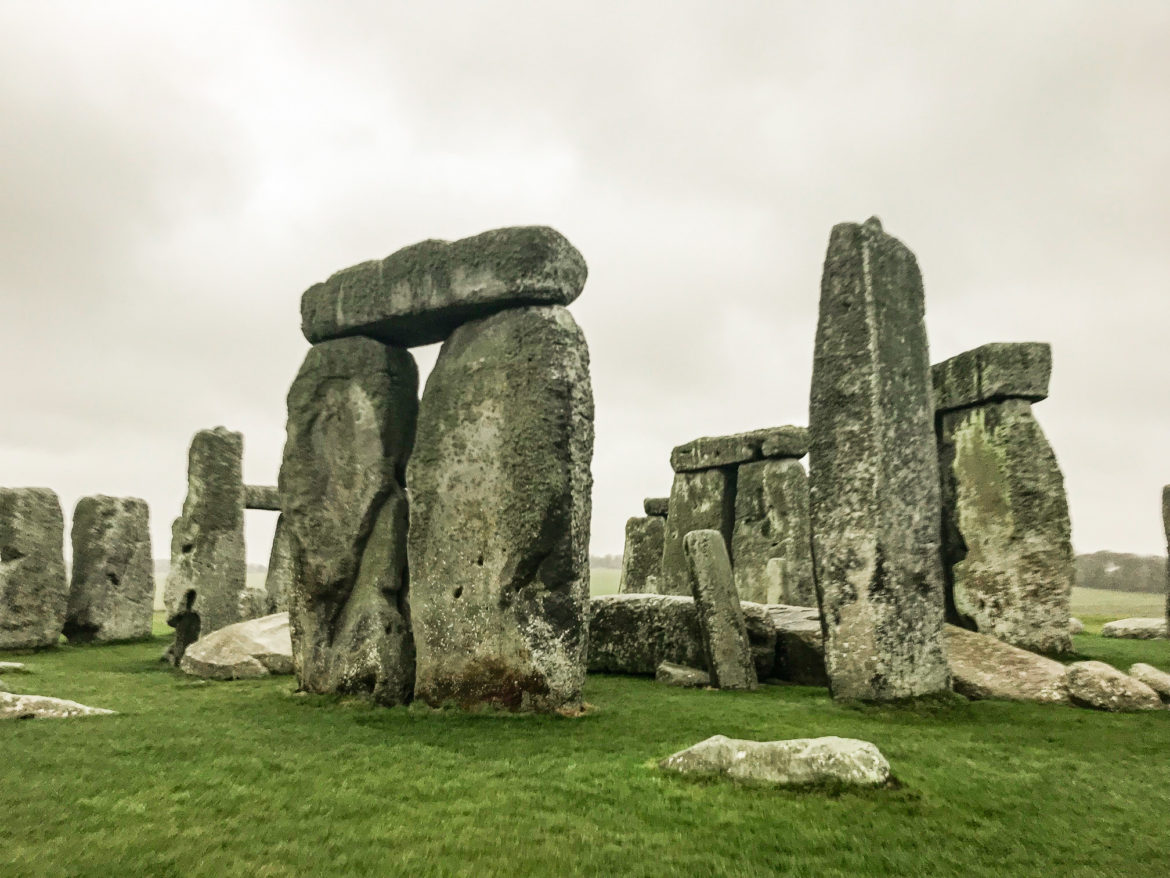
Brought back fond memories from about 1954 when it was wide open and free. Very interesting Calli and look forward to next week.